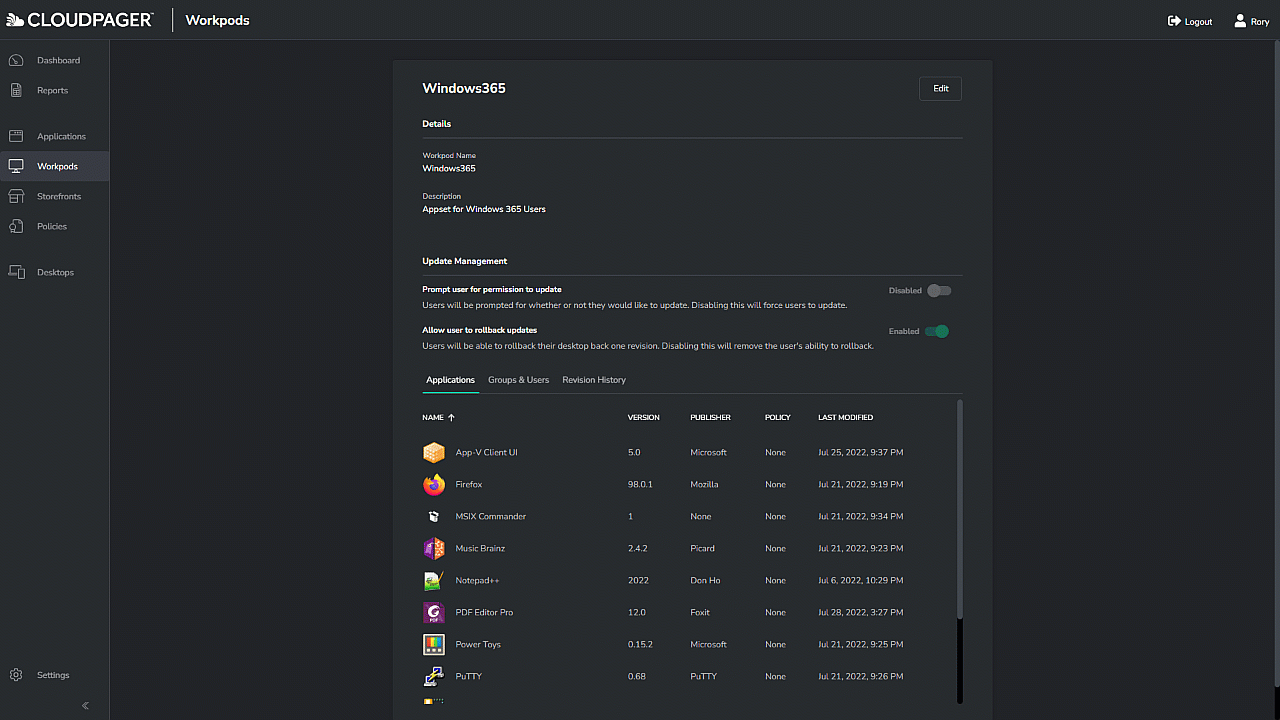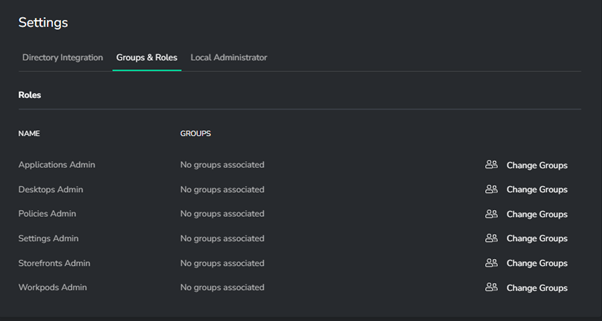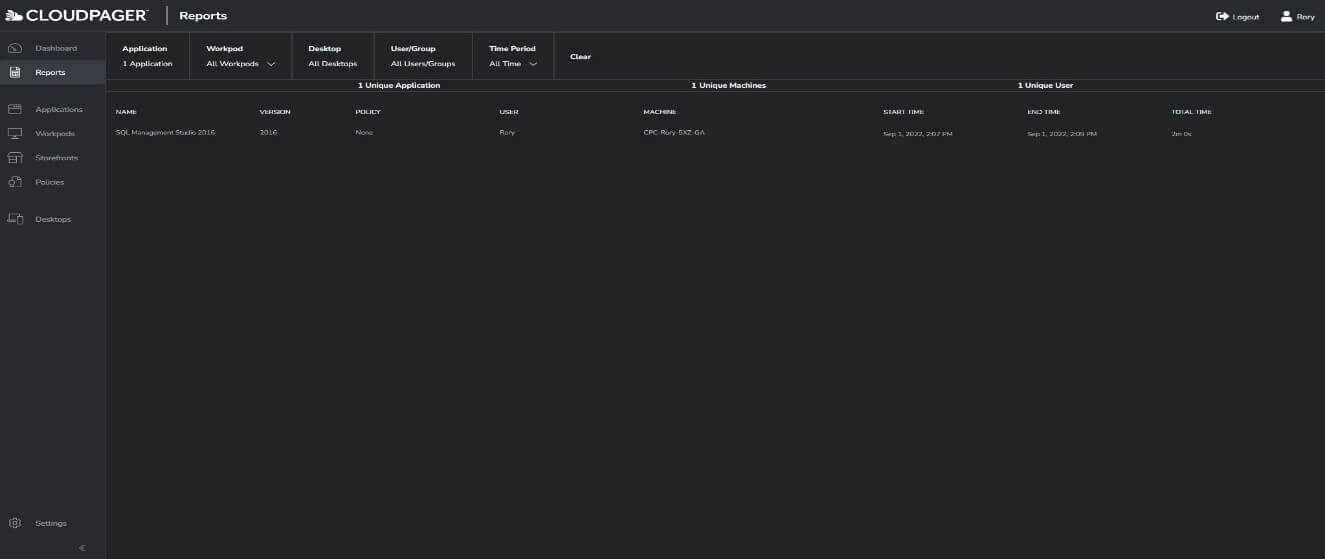Change control processes are the bane of existence for some folks in IT and the passion of others. Not everyone in IT loves the change control process of their organization. It can slow down and hinder progress, it attempts to standardize for all types of changes but doesn’t account for all variables faced plus it can sometimes demand more time filling in the change request than completing the change. There are those who fill in a change request and just flat out lie out of necessity. It puts IT in an uncomfortable position. When required to fill in a rollback plan or how enter how long it should take to back out if something goes wrong, it can be impossible to give an accurate estimate so administrators have to make something up just to get by the change approval board.
The good news is it doesn’t have to be this way with Cloudpager’s container orchestration features you can be confident that app deployments and updates will be fast, you can accurately estimate how long a deployment will take, it will enable you to provide a legitimate rollback plan and you can even have your app deployments in lock step with your ITSM of choice with detailed logging and auditing.
Implement Granular Recording and Auditing Capabilities

Figure 1 – Example of Making a Change & Tracking with the Change Number from an ITSM
Cloudpager has been designed to record every step and action taken in the admin portal. If you need to deploy a set of applications to a group of users in your organization, you can comment on the change with the Change Request number or Change Task number submitted to you. Changes performed in the portal will also be recorded as being performed by the person making the changes.
Figure 2 – Example of Performing a User Driven Rollback
In many organizations, part of the change process requires you to provide a back out plan and estimate the amount of time it would take to complete the task including how long it would take to back the change out and the potential impact if something goes wrong. Cloudpager provides the ability to rapidly rollback changes and when apps are delivered as containers you can be confident apps are unlikely to cause conflicts and problems that may result in a failed change.
Not only do containers make changes improve the success rate of deployments but Cloudpager’s modern container orchestration ensures app update or net new deployment related changes can be performed quicker than ever before with a definitive back out plan and clear timeline for rolling back any changes. No more stretching the truth when filling in the backout plan section of the change form.
Streamline Application Deployment Orchestration Processes
What’s more is that since deploying a group of apps is as simple as uploading the apps, adding them to a Workpod and assigning the Workpod to a group of users, administrators can actually offload the assignment part of the process to application owners, if desired. Adding groups of members to an Azure Active Directory group can be automated with the task initiated from an ITSM product like ServiceNow. An application owner could simply complete the task in ServiceNow to add the defined users to the group and Cloudpager will deliver the apps dynamically to the users.
Utilize Role-Based Access Controls
Cloudpager can be set to limit access to features in the admin portal based on roles. If you wish to have one team who can upload new containers for use but not necessarily handle creating the Workdpods for deployment, you can do that. If you only want a certain team to be able to provide support in the Desktops menu, you can limit to that certain team etc.

Figure 3 – Groups and Roles available in Cloudpager (September 2022)
Conclusion
Cloudpager provides the ability to limit access to only those who should be able to perform required changes. All actions taken in the admin console are recorded and attributed to the person completing the changes so accountability is built-in. Application deployments are now quicker than ever before which reduces the change window required. Cloudpager provides modern orchestration features that makes updates and app deployments low risk preventing costly failed changes and downtime and even provides rapid rollback in the event a change does go wrong.

Figure 4 – Example of a report showing an app that used once by a single user for 2 minutes
During the root cause analysis for a failed change, you can view reports to show level of usage a container got during testing before deployment to determine why something may have been missed before the push to production and so much more. Cloudpager can fit any change control process like a glove!